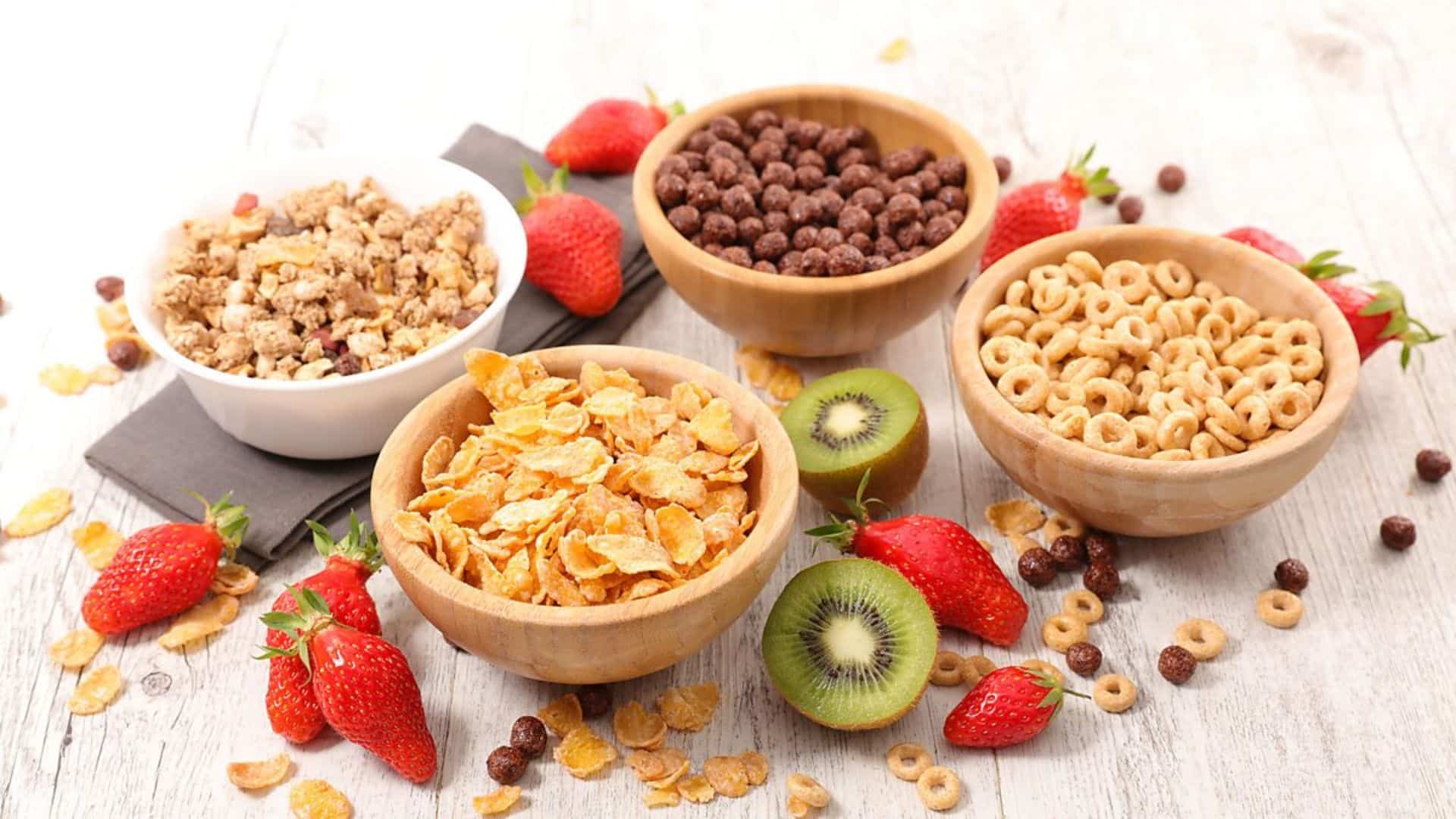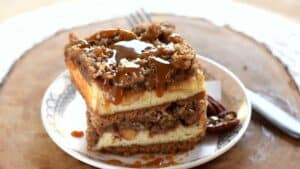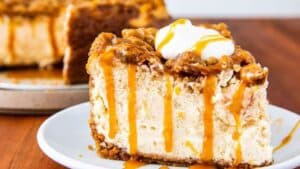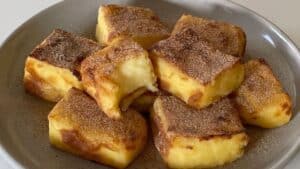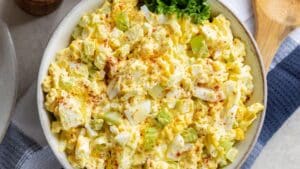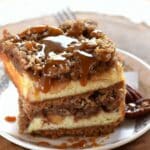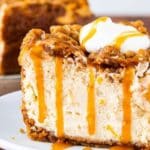Healthy Breakfast Cereal Recipe
You know that feeling when you stare into your pantry at 7:03 a.m., groggy-eyed and half-human, trying to decide what to eat that won’t send your blood sugar into orbit? Yeah. Been there. If you’re a dietitian, nutritionist, personal trainer or even just someone who cares way too much about glycemic indexes you’ve likely wrestled with the wild, wild world of breakfast cereals. They promise whole grain magic and heart-health halos, but most are just sugar grenades dressed up in oat-colored boxes.
So let’s get something real clear this isn’t your average “Top 5 Healthy Cereals” fluff list. This is a deep dive. A forensic look at what actually makes a breakfast cereal healthy, backed by research, stats, and a whole lotta oats. We’re breaking it down for the pros those who read nutrition labels like it’s bedtime poetry.
What Even Is a Healthy Cereal?

Let’s kill the buzzwords first. “Natural,” “organic,” “ancient grain” all lovely words that tell you absolutely nothing about nutritional quality. A healthy cereal should have:
- At least 4–5 grams of fiber per serving.
- Less than 6–7 grams of sugar (ideally lower).
- A decent hit of protein (4g+ is a good start).
- Minimal ultra-processed garbage think artificial dyes, flavors, and unpronounceables.
Here’s the kicker: many cereals that seem healthy (looking at you, granola) can pack more sugar than a glazed donut. A 2022 Harvard T.H. Chan School of Public Health report found that over 60% of cereals marketed as “healthy” in the U.S. had sugar levels exceeding the WHO’s recommended limits for breakfast.
The Fiber Myth and the Hidden Heroes
Fiber is where the real party starts. Soluble, insoluble—it don’t matter. Most folks don’t get enough. According to the USDA, the average adult in the U.S. eats around 15g of fiber a day. The recommended? At least 25g for women, 38g for men. Huge gap. And breakfast is the easiest place to start closing it.
Here’s what a fiber-forward cereal base should look like:
- Steel-cut oats: Chewier, lower glycemic load, takes longer to digest. Think slow-burning energy.
- Bran flakes: Not sexy, but wildly effective. Just keep an eye on sneaky added sugars.
- Shredded wheat (unsweetened): Literally just wheat. That’s it. Add berries or a dollop of Greek yogurt, and boom you’re gourmet.
- Puffed quinoa or amaranth: Tiny but mighty. High-protein, gluten-free, and they don’t taste like cardboard, promise.
Real talk fiber not only helps with digestion but it keeps people full. That means less mid-morning snacking, fewer crashes, and more stable energy.
Protein: The Underdog of Breakfast Cereal
Let’s just say it most cereals fail the protein test. If you’re aiming for a breakfast that actually fuels you, protein’s gotta be in the equation. The average adult needs about 0.8g of protein per kg of body weight. For active folks? More like 1.2–2.0g/kg.
Most commercial cereals clock in at 2–3g protein per serving. That’s… not great. But you can hack it:
- Add hemp hearts (10g protein per 3 tbsp)
- Sprinkle chia or flaxseeds
- Use high-protein plant milk (some brands go up to 10g protein per cup)
- Toss in a scoop of protein powder (unflavored whey or pea works best)
Or, and this might sound crazy just make your own cereal base.
DIY Cereal Mixes (Yes, You Can Be That Person)
There’s this idea that making your own cereal is complicated. It ain’t. It’s actually dead simple and lets you control everything from sugar to sodium.
Here’s a sample high-protein, high-fiber DIY mix:
- 1 cup rolled oats
- 2 tbsp ground flaxseed
- 2 tbsp chopped almonds
- 1 tbsp chia seeds
- 1 tsp cinnamon
- Optional: pinch of salt, unsweetened dried coconut
Stir it all together and store in a jar. Add your milk of choice, or layer it with yogurt and berries like a parfait. It’ll keep you full till lunch, and it won’t spike your blood sugar like those frosted cereals with cartoon tigers on ’em.
What About Kids? And Picky Eaters?
Great question. Most cereals aimed at kids are sugar bombs period. But here’s where you get sneaky. Mix half of their usual cereal with a healthier, lower-sugar option. Over time, dial it down till it’s mostly the healthy one. And always toss in some fruit bananas, berries, grated apple to sweeten it naturally.
A 2019 study from the Journal of Nutrition Education and Behavior showed that kids didn’t even notice the difference when their cereals had 40% less sugar as long as fruit was added.
Sneaky. Smart. Nutritious.
Cold vs. Hot: Does It Matter?
Not really. It’s more about what goes into the cereal. That said, hot cereals like oatmeal or grain porridges tend to be less processed and more customizable. You’re not stuck with pre-portioned sugar bombs. You can build your bowl from scratch.
Try warm millet with chopped dates and walnuts. Or a savory oatmeal with miso and scallions don’t knock it till you try it.
Real-World Breakfast Cereal Swaps (For When Clients Ask)
Instead of: Honey Nut Cheerios
Try: Plain Cheerios + drizzle of honey + sliced banana
Instead of: Raisin Bran
Try: Bran flakes + fresh raisins or chopped dates (control the sugar)
Instead of: Flavored granola
Try: Homemade mix with oats, cinnamon, nuts, and a smidge of maple syrup
Instead of: Cocoa Pebbles
Okay, honestly… maybe just let people have it once in a while. Balance, right?
Trends & Emerging Ingredients in Healthy Cereals

Let’s talk buzz. There’s been a real shift in the market toward:
- Ancient grains: Teff, millet, sorghum these are popping up in cereals more and more. High in fiber, gluten-free, and nutritionally dense.
- Functional ingredients: Think probiotics, adaptogens (like ashwagandha), and even collagen peptides.
- Low-carb / keto cereals: Often made with nut flours, seeds, and non-nutritive sweeteners. Jury’s still out on long-term effects, but for insulin-sensitive folks, they can be a game-changer.
- Regenerative farming claims: Brands like Magic Spoon and Three Wishes are pushing sustainability as part of health. The idea being, a healthy planet = healthier food = healthier people.
The Misconception About “No Sugar Added”
Big, fat warning sign here. “No sugar added” doesn’t mean sugar-free. Fruit concentrates, fruit purées, and syrups made from rice or barley can still pack a sugary punch. Always. Check. The. Label. Look for sugar in all its alias forms: maltose, dextrose, brown rice syrup, cane juice, etc.
The Final Word: What to Tell Clients, Friends, or Your 7 a.m. Self
Healthy breakfast cereals do exist, but they take a little decoding. The key is knowing what to look for and being okay with adding your own sweeteners and toppings in a controlled way. You’re not looking for perfect. You’re looking for something that tastes good, keeps you full, and doesn’t jack up your blood sugar.
Stick to high-fiber, low-sugar, protein-boosted options. Think outside the cereal box (literally). And don’t be afraid to DIY a mix or blend.
Start simple. One tweak a week. Add flax this week. Swap in plain oats next. Try almond milk instead of sweetened dairy-free options. Over time, those small changes snowball into real, sustainable habits.
And hey, if one morning you eat a bowl of Cinnamon Toast Crunch out of nostalgia? That’s cool too. Health isn’t a binary. It’s a spectrum and breakfast is just one brushstroke on the canvas.
Eat smart. Stay full. Cereal on.
